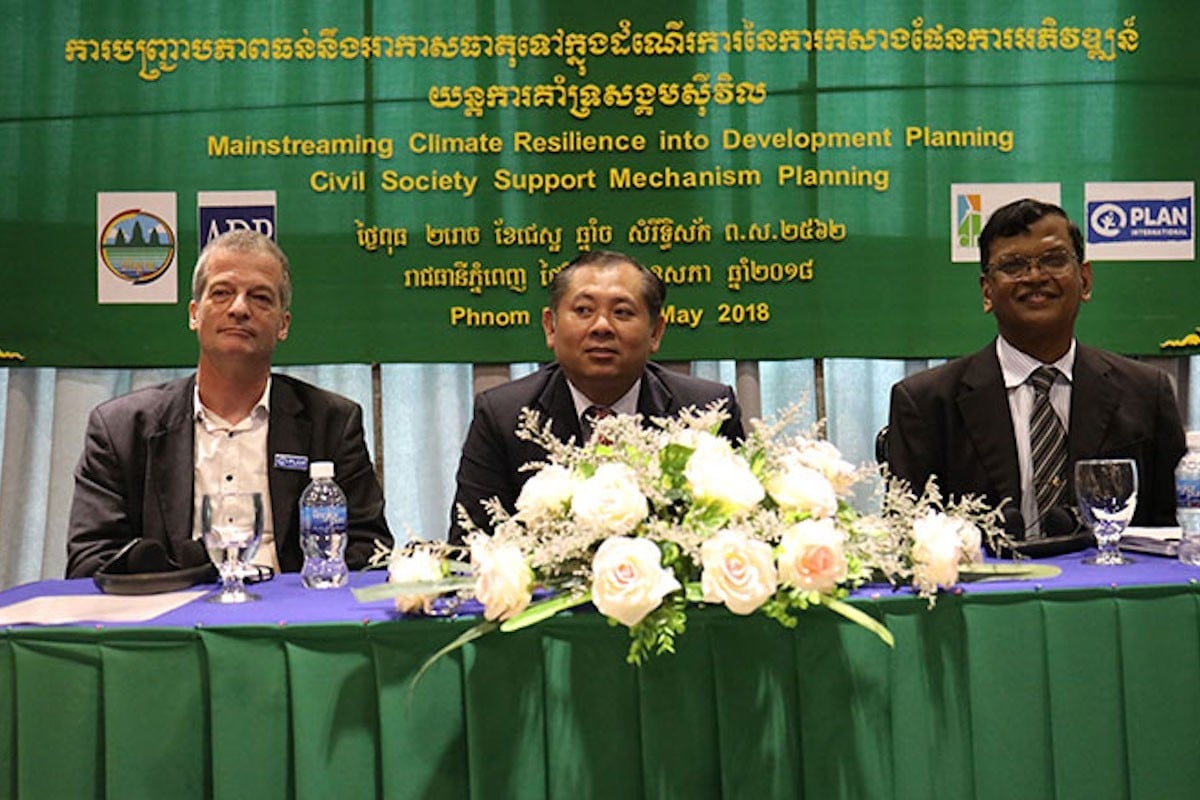Myanmar has some of the lowest electricity rates in the world. However, connecting and supplying power to the millions of people who will drive Myanmar’s development is a huge endeavour, one that requires the commitment of tremendous financial resources from the state, companies and international donors. But as important is the public’s awareness of what it costs to build and supply the electric backbone of the country.
Residential prices in Myanmar are K35 per kilowatt-hour for the first 100 units, K40/kWh for the next 100 units, and K50/kWh for all units after that. With an average tariff of roughly US$0.03/kWh, these are the lowest residential prices in ASEAN, and among the lowest in the world. In fact, Myanmar’s highest, “luxury” tariff is lower than the lowest price in the rest of ASEAN.
Prices for commercial and industrial customers are much higher, ranging from K75-K150/kWh. This is more in line with ASEAN standards, and this kind of cross-subsidisation mechanism is not uncommon. However, while many firms are willing to pay more for a better quality of supply, the financial viability of supplying power to millions of people cannot rest entirely on a few thousand businesses.
Now let’s look at costs. During fiscal year 2016-2017, the average cost of supplying 1kWh was K96. This figure keeps increasing: in early 2018, it had reached K109. In other words, the government of Myanmar is losing between K59 and K74 on every unit sold to residential customers.
The average cost of supply is bound to keep growing for years to come. A string of new power plants is scheduled to come online by 2025, whose cost per kWh will necessarily be higher than that of Myanmar’s older dams. Additionally, the millions of new customers who are being connected are predominantly residential and in rural areas. Their cost of supply is structurally higher than that of industrial and/or urban customers.
As a result, the Ministry of Electricity and Energy lost $300 million (K406.52 billion) in electricity subsidies over the last fiscal year, and will lose close to $500 million this year. By the early 2020s, subsidies will have ballooned to over $1 billion, more than 1 percent of GDP forecasts.
Electricity’s vital role
There are arguments in favour of subsidising part of electricity consumption. The most intuitive one is that electricity is a prerequisite for almost all other aspects of development. Without electric light, schools cannot stay open late and students cannot study at home. Villages without any electricity struggle to attract teachers. Farmers have to use costly diesel pumps for irrigation, and can’t communicate with markets or food-processing factories without cellphones.
Economic research has also shown that access to affordable electricity can have surprising effects, such as lowering worker absenteeism and birth rates, while increasing female employment. Also, access to affordable electricity is necessary for new businesses to emerge, attract investment, and raise productivity.
Since electricity is so central to our modern economy and lifestyle, it is a key determinant of whether development is inclusive. For those who have it, it opens a world of possibilities, of new opportunities to improve their quality of life, income, education, health and, in a way, their freedom. Those who don’t face a very high barrier to entry.
Keeping electricity cheap, at least initially, helps to ensure a level playing field. This echoes what Electricity and Energy Minister U Win Khaing said on February 21: “We have to make sure that the millions of people who are …connected in the coming years can afford to use electricity.”
Yet it is also crucial that the public be aware that electrification is a massive project, one of the biggest challenges in contemporary Myanmar. As the State Counsellor said in August 2017, peace and electricity are this government’s main priorities. It requires a financial commitment on a scale that was unheard of in Myanmar until recently and that dwarfs the state’s resources.
Connecting rural areas
The high and ultra-high voltage lines connecting the northern dams to the main cities cost hundreds of millions of dollars. One mile of cable connecting a village to the grid costs at least $20,000, while a mile of medium voltage cable connecting a group of villages to the grid costs $35,000. A village transformer is over $10,000, and connecting it to a household ranges between $150 and $800.
The cost of producing electricity for everyone is no less consequential. Small power plants cost millions of dollars, medium plants hundreds of millions, and large plants billions. They take years to build, and have lifespans of at least 20 or 30 years.
Overall, the World Bank estimates that reaching 100pc access to electricity by 2030 will require a total investment of more than $30 billion. To give a sense of scale, Myanmar’s total tax revenue for 2017-2018 is estimated at slightly under $5 billion.
It is important to raise awareness about these costs because electrifying the 60pc of households that do not have electricity today will depend, in part, on whether those who are connected are paying a fair price. Second, because growing financial losses put the government in a weak negotiating position relative to companies seeking to produce and sell electricity in Myanmar. Thirdly, the main beneficiaries of the current residential tariff system are large, wealthy customers.
A poor customer using 50kWh per month receives a K3500 subsidy, while one using 500kWh gets K30,000-worth of free electricity. Some may question the fairness of such a system.
Electrifying Myanmar by 2030 is an extraordinarily ambitious project on which the country’s development rests. It requires a collective effort in which everyone has a part to play, including customers and taxpayers. All should be made aware of what is at stake, what it costs, and how they can contribute.
Guillaume de Langre is energy research manager at International Growth Centre.





